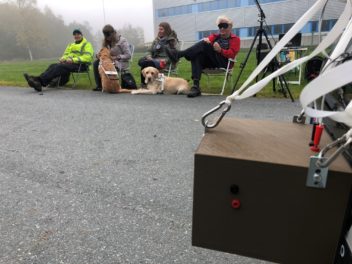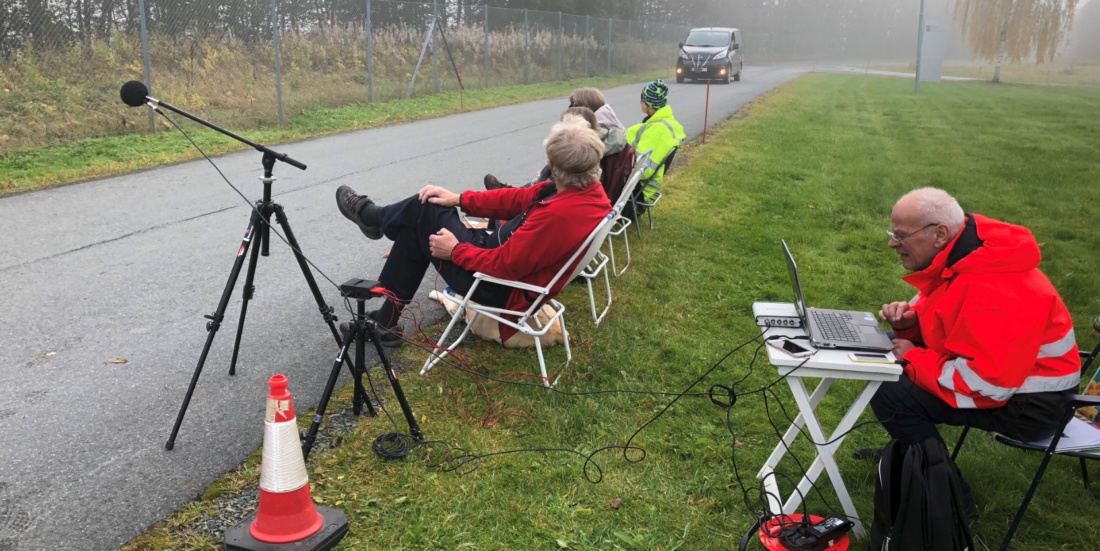Electric cars are a hazard for blind people
Electric cars are good for the environment – but not for people who cannot see. They have problems detecting the silent vehicles. However, Norwegian research scientists are working on a solution.
In noisy surroundings it can be impossible for people who cannot see to detect an electric car, but from next year new international requirements will be in place. All electric cars must then be modified to emit a warning sound, making it easier for pedestrians to hear them approaching.
“An electric car must emit an artificially produced sound of varying frequency but fairly constant intensity when travelling at 20 km/h or less,” says Truls Berge, an acoustics research scientist at SINTEF.
He has been carrying out research for many years on sound and noise in connection with motor vehicles and participates in several international forums working on noise and associated problems. His reaction to the introduction of requirements for sound to assist blind people is basically positive, but he feels that the specifications are inadequate and that they represent only a temporary solution.
“The new requirements do not take into account the environment in which a vehicle is operating. There is a big difference between the sound needed in a street on a peaceful evening and in a busy urban traffic environment,” he says.
Making quiet-running electric vehicles emit an artificial sound as required by the new regulations may make the work of reducing traffic noise in general more difficult. In his opinion, this must be weighed against the need to ensure that blind and visually impaired people can move around safely among traffic.

This box emitted the sound that the blind test subjects were to listen for. It is hoped that the results of this experiment will be used to make it safer for blind and visually impaired people to move around when road traffic is present. Photo: Bent Lindsetmo/NRK.
How much sound is actually needed?
Berge and his colleagues recently carried out an experiment in which they tested a solution which they have developed themselves. They equipped an electric car to produce a so-called “adaptive sound” and tested this with the help of a number of blind volunteers. The research scientists also used loudspeakers producing different sound levels to simulate background noise in a busy urban street.
The concept of “adaptive sound” is that the vehicles can be fitted with microphones which sense the sound level in the surroundings, and the sound the vehicles produce is adapted to suit this ambient sound level. The aim was to find out what level of warning sound was needed under different ambient sound conditions, thereby determining how much sound it is actually necessary to use.
The experiment was carried out using a test panel whose members pressed a button when they heard the sound. In this way one can, for example, determine how close a vehicle is, to ensure safe crossing of a road at a pedestrian crossing.
It is hoped that the international automotive industry will make use of the results.
“A number of car manufacturers, including Nissan, General Motors and Renault, have shown interest in the results of this project.
Norway has the highest density of electric vehicles in the world, so it’s natural that electric car manufacturers look to us with regard to traffic safety and research in this field,” says Truls Berge at SINTEF.





